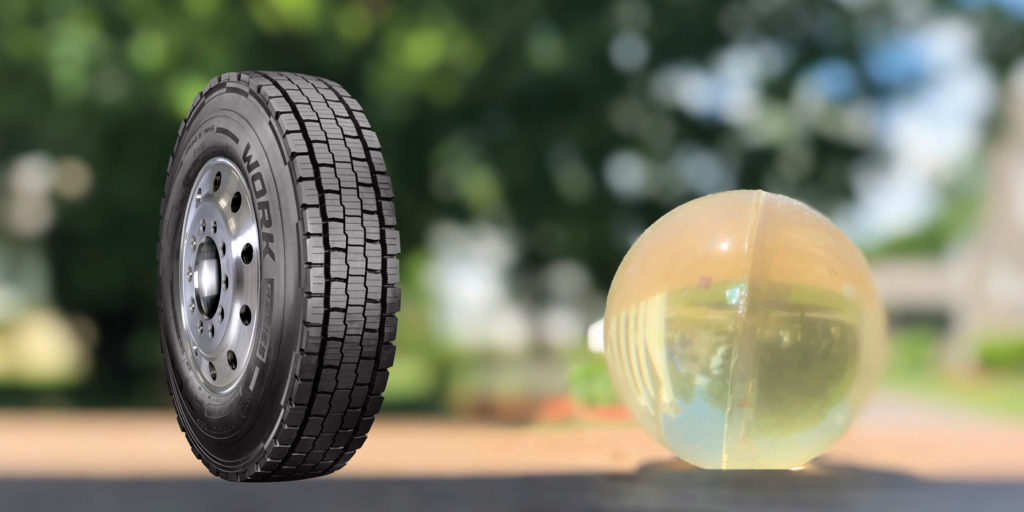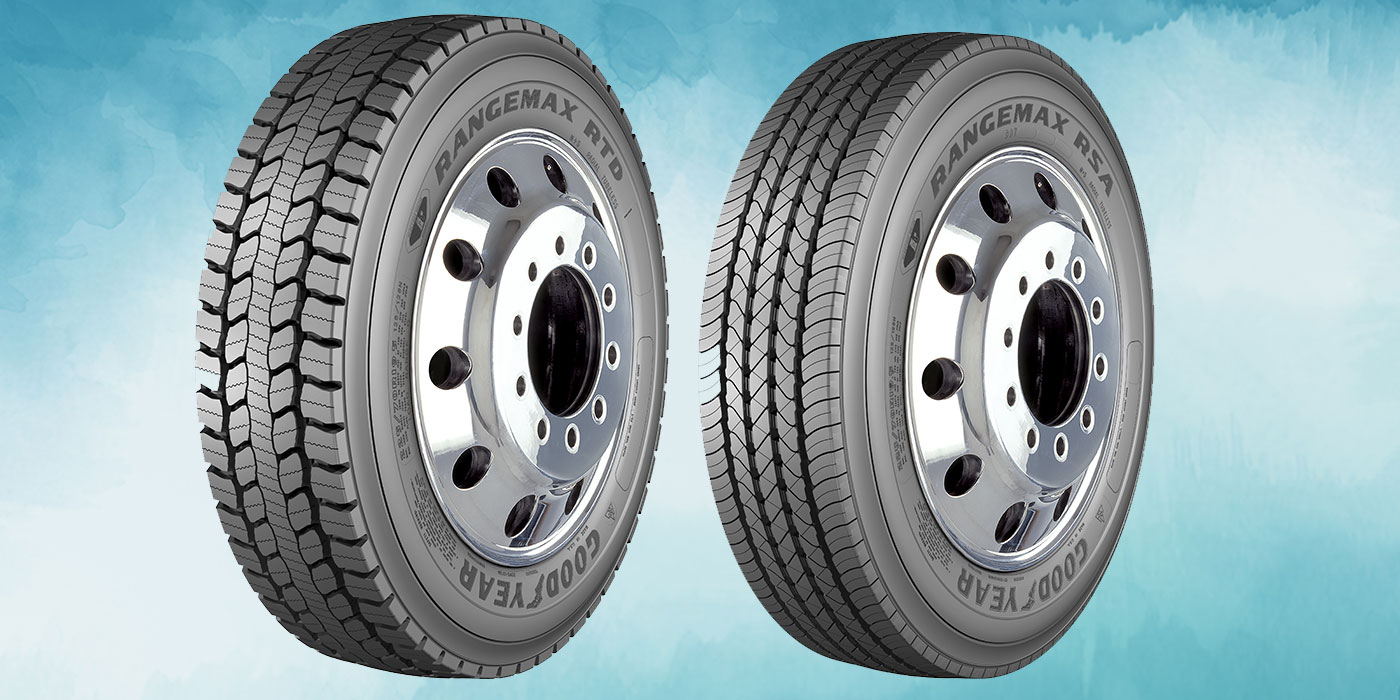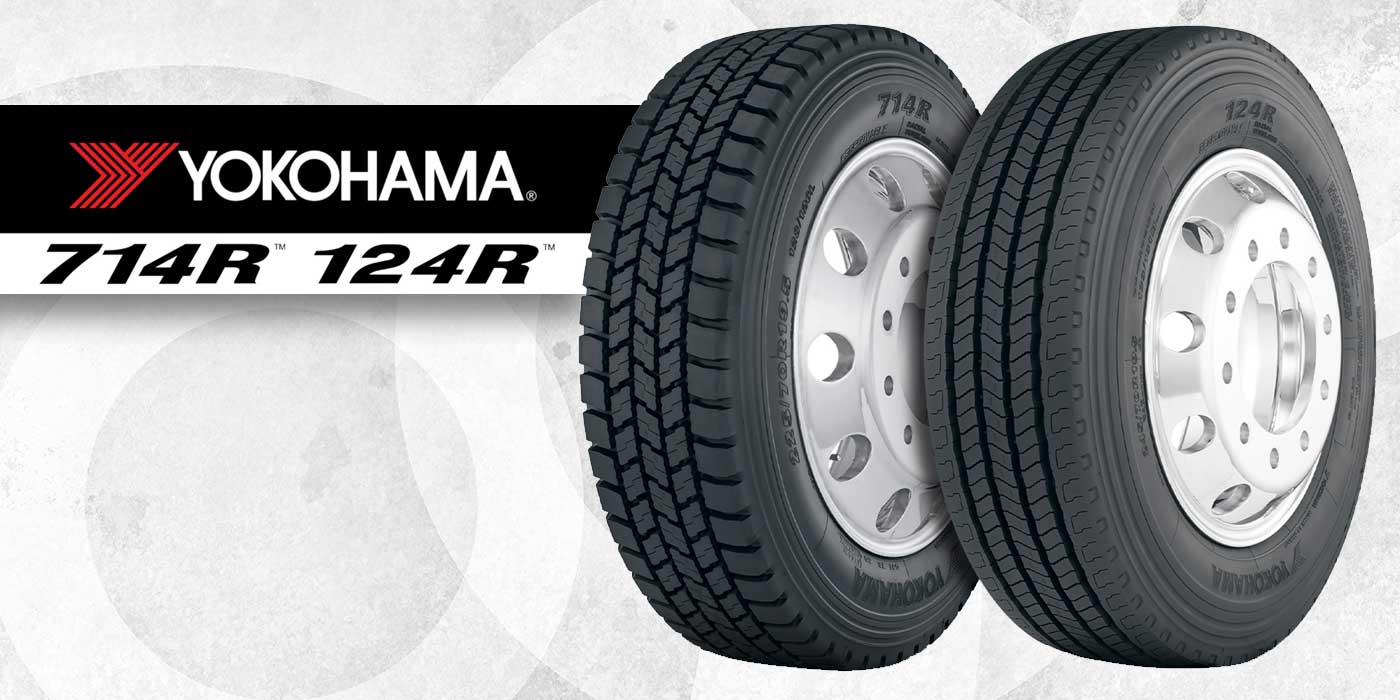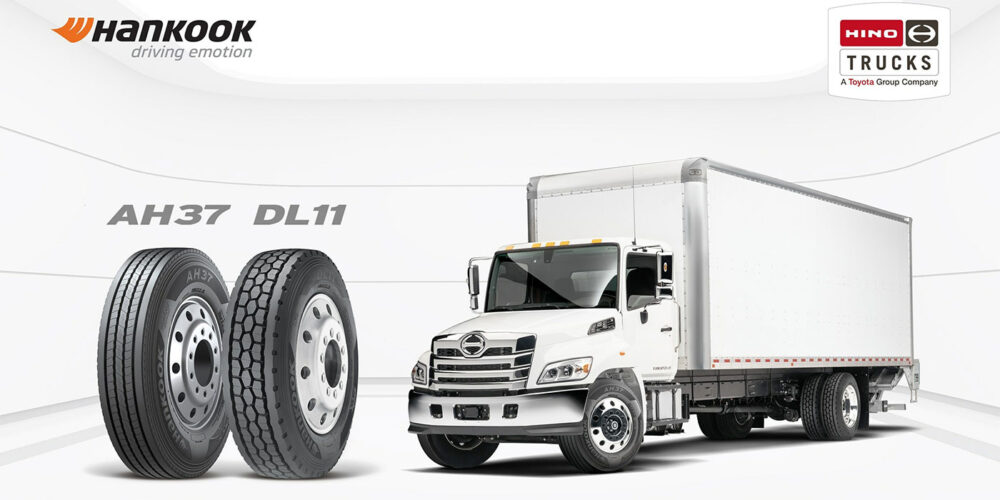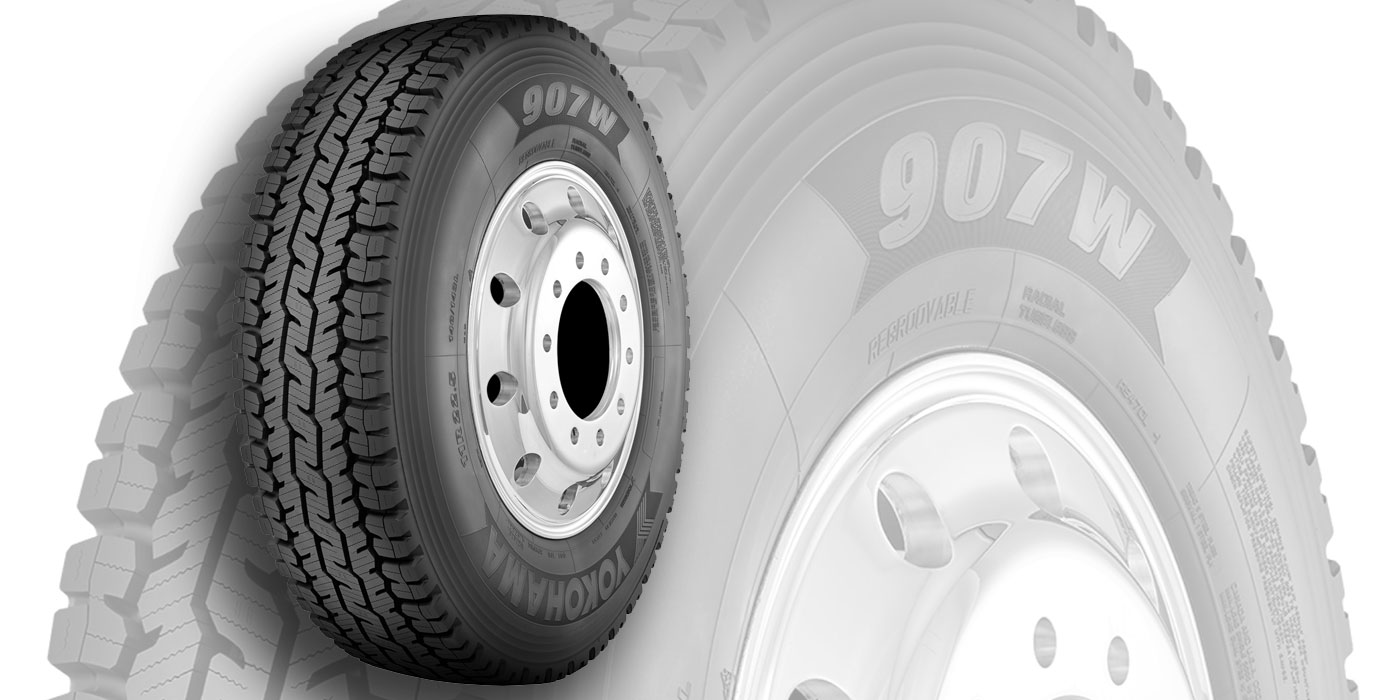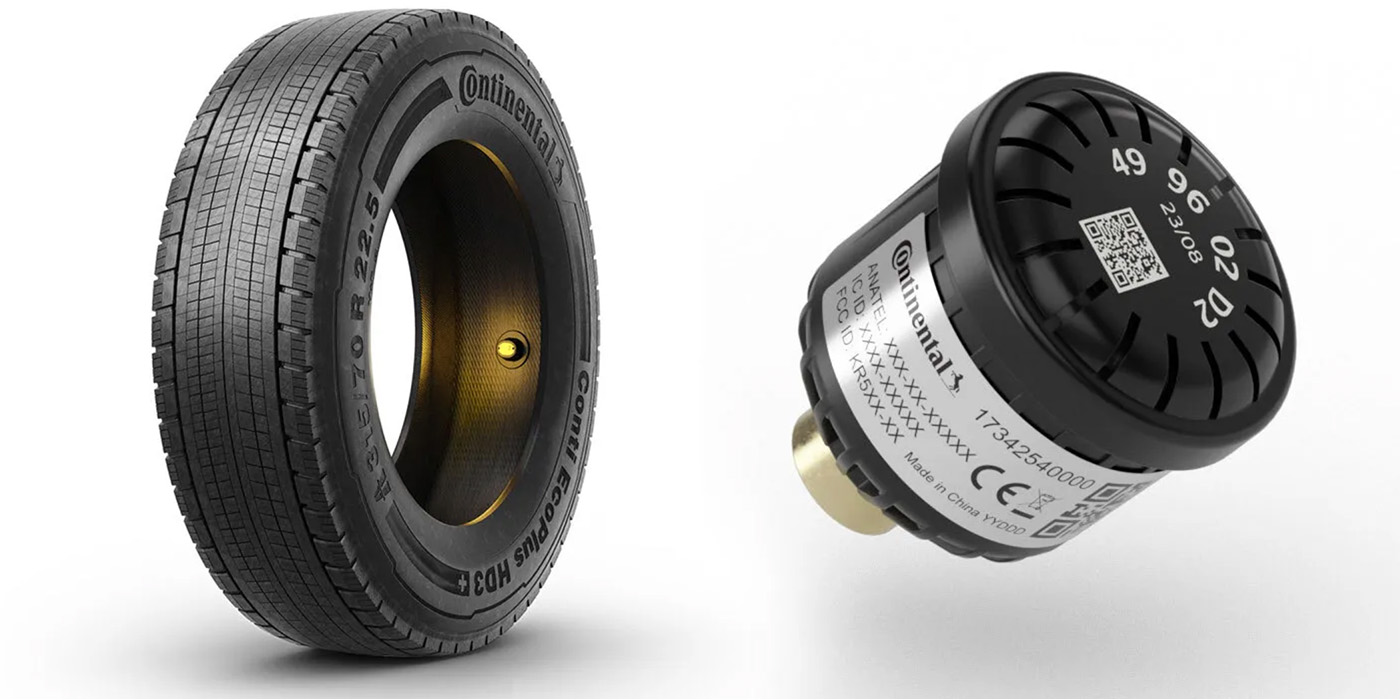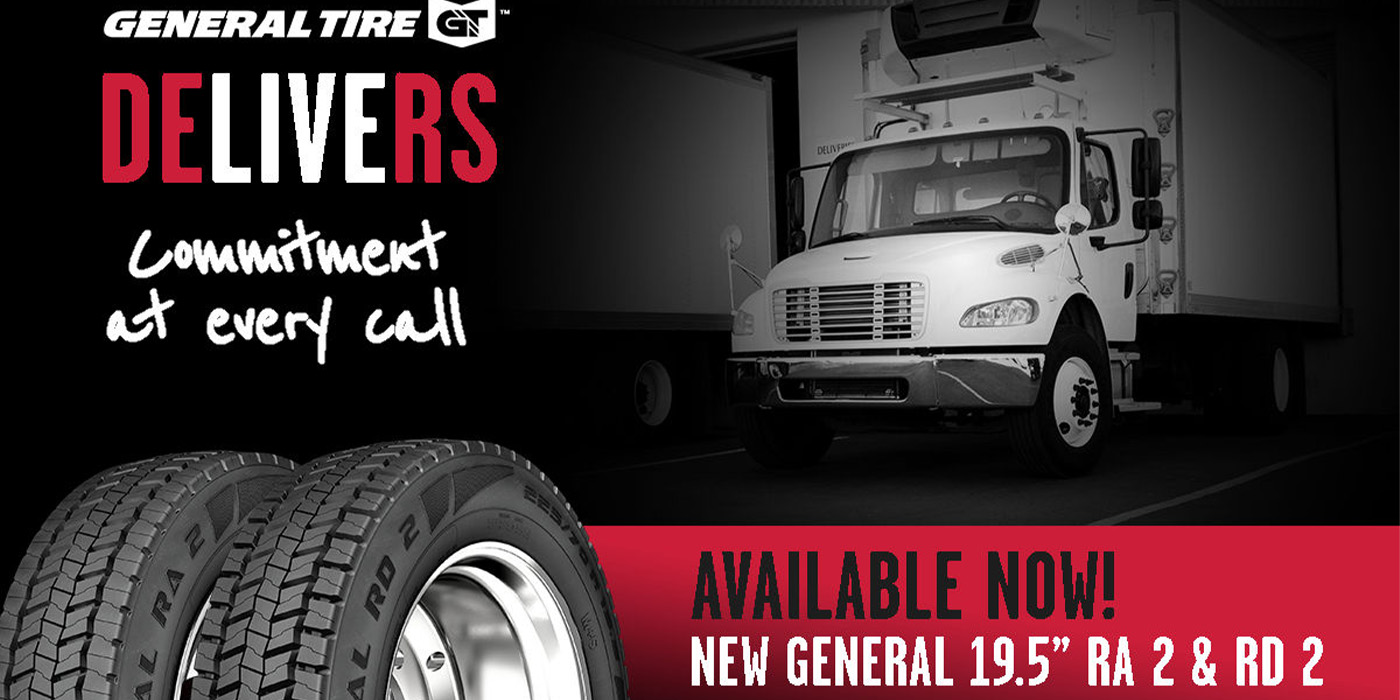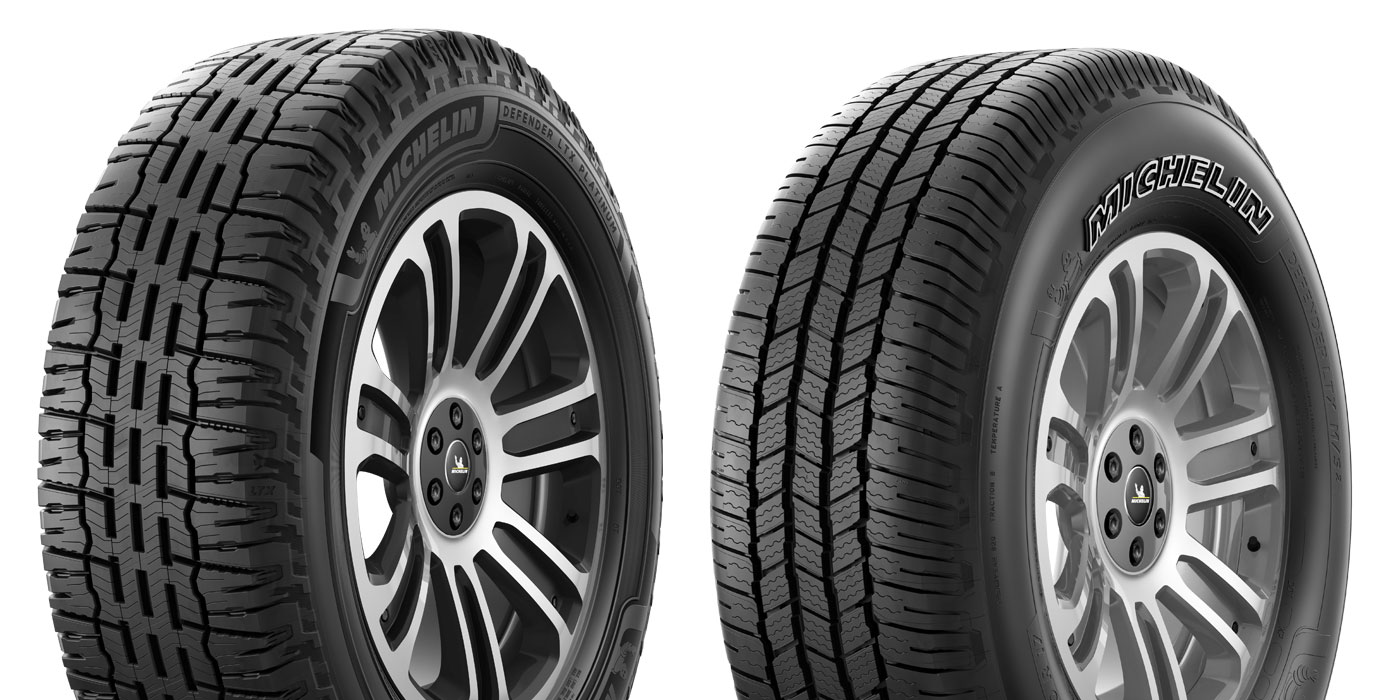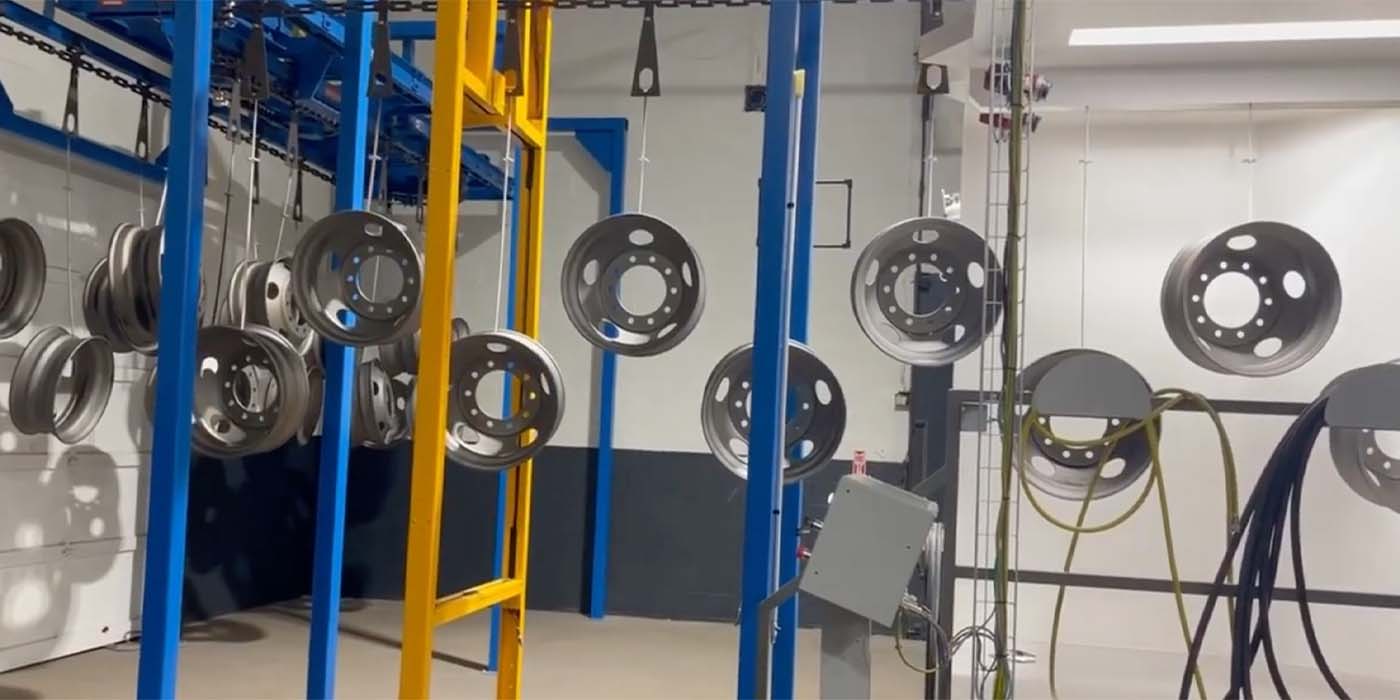Remember the Super Ball?
Invented by chemist Norman Stingley in the ’60s, these toys are known for their extreme bounciness, taking the classic rubber bouncy ball to much higher heights (literally). But there’s no secret spring inside. It’s made of just rubber like its classic cousin. So, what makes it bouncier?
The answer, according to Cooper Tire’s Phil Mosier, manager of commercial tire development, lies in what you can’t see, deep inside the chemistry: rubber compounding. And it’s this same blending of chemicals and other ingredients that affects nearly every aspect of how commercial truck tires perform—especially when it comes to fuel economy.
“The biggest contributor to decreased rolling resistance and better fuel economy is in compounding. It’s what helps give tires their flex, or stiffness, and rebound,” says Mosier. “Compounding allows the tire to deflect energy—and the Super Ball has compounding that allows it to bounce higher. So, if the Super Ball was a tire, it would deflect off the road and provide reduced rolling resistance.”
While this means tire engineers likely wouldn’t get much use out of using the Super Ball rubber formula for their next truck tire, Marco Rabe, Continental’s head of research and development for commercial vehicle tires in the Americas region, says manufacturers can manipulate all kinds of tire attributes by taking note of the qualities of different compounds.
In fact, he says, Continental’s low-rolling-resistance tire compound, believe it or not, actually owes a bit of a nod to NASCAR.
“If you think about ‘racing slicks,’ the completely smooth tires with no tread pattern which are used in NASCAR and other auto racing, you will see that those tires have a lot of traction. They can forcefully accelerate from the start line; the lack of pattern doesn’t impede their traction,” Rabe says. “Traction on road surfaces, both wet and dry, is more dependent on the tread compound. Continental’s low-rolling-resistance tires don’t sacrifice road traction, including wet handling performance in the case of inclement weather, just to improve rolling resistance.”
You can’t depend on compounding to do everything; there’s a reason you don’t see many trucks equipped with racing slicks. But, a tire with the right compound, paired with the right casing and tread, gives you something closer to how you might expect a truck tire to perform.
Customers in the market for heavy-duty truck tires are typically keenly aware of these performance expectations, says Trent Schwenkfelder, president of Commercial Tire, an Idaho-based operation with 45 locations and three Bandag facilities within Idaho, Utah, eastern Oregon and eastern Washington. That’s because these customers are running a fleet of vehicles, and next to fuel costs, truck tires are one of their greatest expenses. So, Schwenkfelder says, commercial dealers should be prepared to study the science and share the hard data to help make the sale.
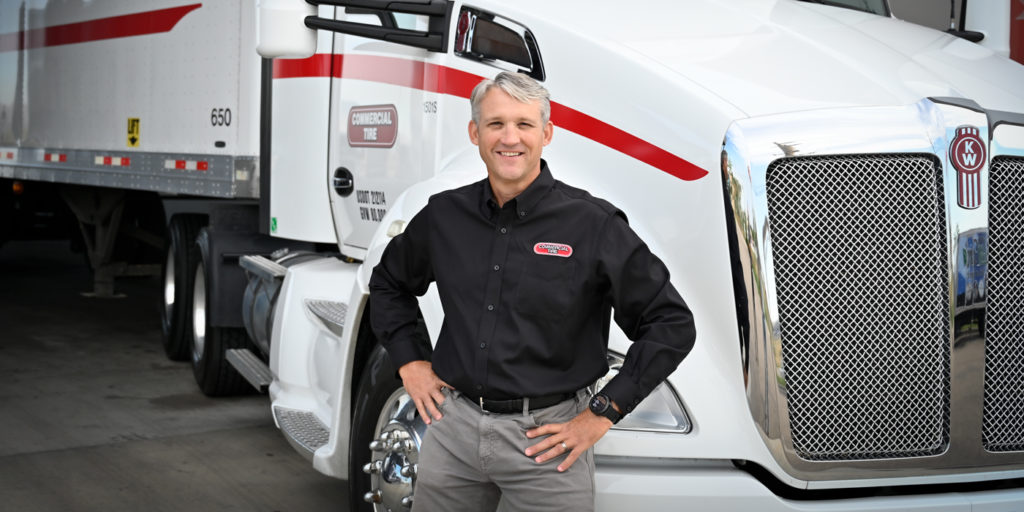
“Since tire manufacturers always have glowing reviews of their tire product, the dealers are left with the job to sift out the true data. So, as a company, we have gone through a transition in the last several years. We have gone away from doing just the basic tire work,” Schwenkfelder says. “We now collect on- and off-mileage for our fleets and put together databases of real-world test data on many different products to come to a true conclusion of which tires are truly the best value for our customers. We understand the difference between initial cost and product life cost. That, in the end, is truly what a sophisticated fleet manager wants to know.”
Commercial fleets, especially those in the long-haul industry, expect longevity from their truck tires as well, and the key to long truck tire life, Schwenkfelder says, is retreadability.
“Truck tires can and should be repurposed several times over through the means of retreading, where a good passenger tire is basically done when the tread is worn down,” he says. “In the commercial business, this changes the product from a wearable item to a fleet asset. Many of the tires out there can check a lot of the boxes when it comes to initial tread wear and durability, but where a tire really shines is its ability to be retreaded several times. That’s when we see the true value of that product.”
Speaking of Tread…
A commercial tire’s tread determines characteristics far beyond aesthetics, traction, rolling resistance and wear patterns.
Tread patterns affect all kinds of performance criteria for your customers’ trucks, from traction and braking to tire removal mileage and fuel efficiency, maneuverability, noise, driver comfort, tire durability and resistance to stone retention and stone drilling.
This is why tire companies have tread pattern specialists on staff who know what patterns perform best in certain applications when starting a new design.
“A waste haul truck experiences a high amount of braking and acceleration, predominantly right-hand turns and a lot of debris that is hazardous to tires. On the other hand, a long-haul truck will experience higher speeds, a large amount of straight-line driving and a high expectation for fuel efficiency,” says Continental’s Rabe. “Fully understanding the application and the range of conditions to which the tire will be exposed is critical to pattern development.”
Cooper Tire’s Mosier explains that when it comes to tread pattern development, Cooper’s engineers will first identify the type of truck, then the wheel position, then application and finally the characteristics they want from the tire.
For example, Mosier says for long-haul trucking tires, Cooper tends to develop tires with a standard five-rib pattern and a decoupling rib on the shoulder for optimal performance in the rolling-resistance category. For vocational applications, such as in construction, he says a deeper, four-rib tread design is a better choice to combat the high rate of scrubbing the tires will encounter due to constant starting and stopping, coupled with running in some off-road terrain.
“We look for the right balance to maximize fuel efficiency with performance,” he says. “Typically, tread patterns with fewer sipes, straight ribs and less tread depth will lower rolling resistance. Less tread depth keeps the tread from squirming under load, which is directionally better for rolling resistance.”
Have your long-haul fleet customers noticed their drive tires are wearing faster than tires on steer and trailer axles? There’s a reason for that.
“A drive axle tire has, more often than not, a deeper tread depth than a steer or trailer axle tire,” says Triangle Tire USA’s Charles Luther. “Generally speaking, the more open the tread design, the quicker it will wear. Therefore, the drive axle tire will initially wear faster simply due to the instability of the blocks when new. As the blocks wear down, the miles per 32nd inch of rubber will increase as the blocks become more stable at lower tread depths.”
“An open-shoulder design, coupled with deep tread will give the best overall traction performance,” adds Mosier, “A drive tire, in a long-haul application, is different from a steer or trailer tire since it’s designed to go straight, and have torque applied.”
Tire manufacturers must determine the right balance of compounding, tread pattern and tire construction to acquire the right technical balance for all aspects of a tire’s performance for the right application, says Luther.
“For optimum tire performance, each application requires distinct differences not only in tread pattern but also tread compounding and casing design,” Luther explains. “For the lowest cost per tire mile, long haul requires a unique tread pattern, rubber compounding and casing design for maximum tire fuel efficiency and optimum tread miles. Vocational or regional application tires require a tread pattern and tread compounding that will withstand the rigors of an inner-city stop-and-go environment, all while being capable of some highway use. Tires specifically built for the waste and construction industry are designed with tread patterns, compounding and casing design built for mostly lower overall speeds and on-off pavement use. These tires have a more open tread pattern, a more pliant casing and a denser rubber compound in the tread.”
Commercial Tire’s Schwenkfelder recommends commercial tire dealers speak with their supplier partners to find more ways to convert product knowledge into sales.
“We value our key supplier partnerships and view them as a part of our go-to market strategy. This can be a tough business and it’s reassuring that we have resources and help available that we otherwise wouldn’t have,” he says, adding his relationship with Cooper Tire has provided him tools to help him cover his customers’ needs and expectations.
“We will see more benefit in years to come as they aggressively go after more original equipment business which, in turn, will create more market awareness of the product,” he says.

